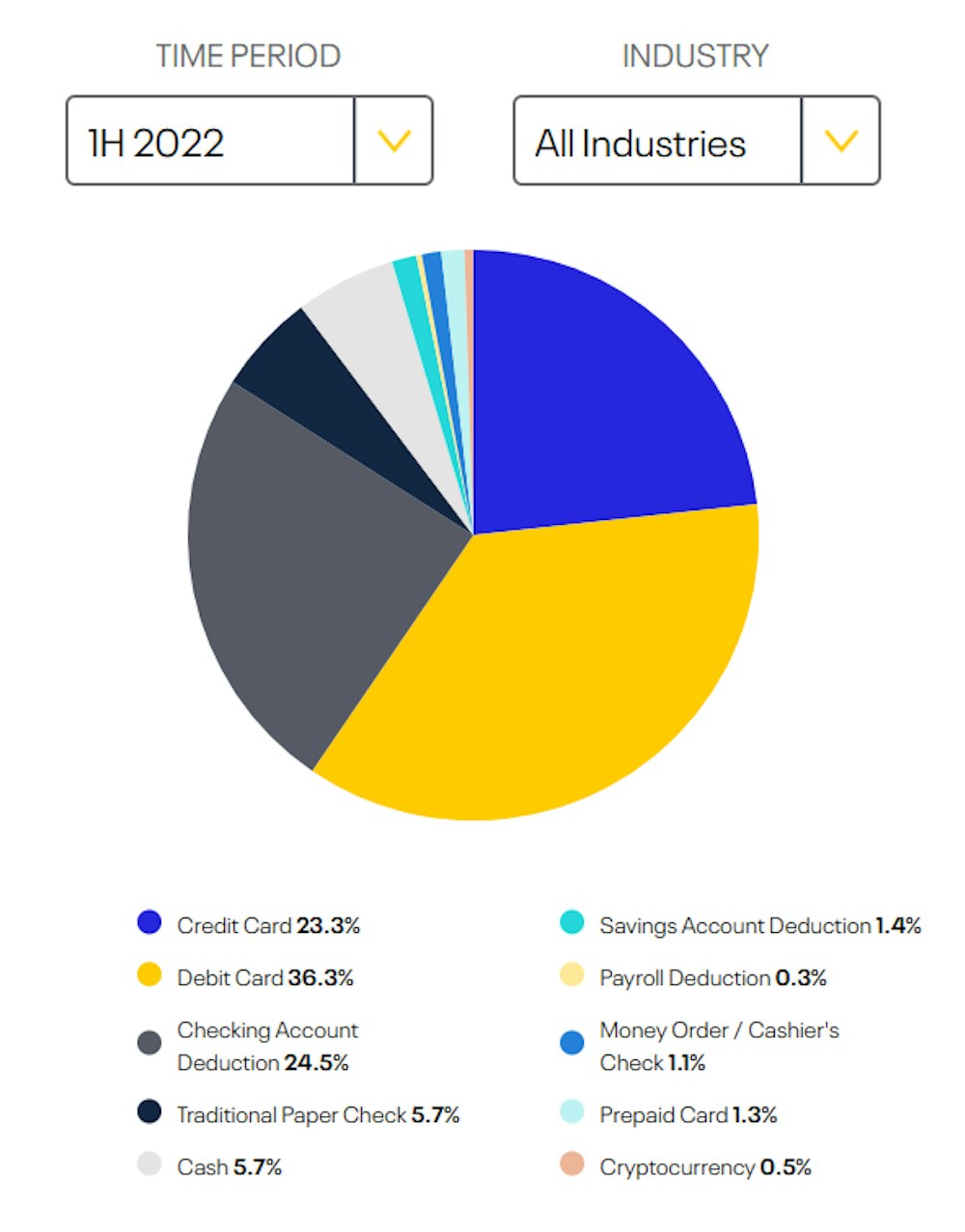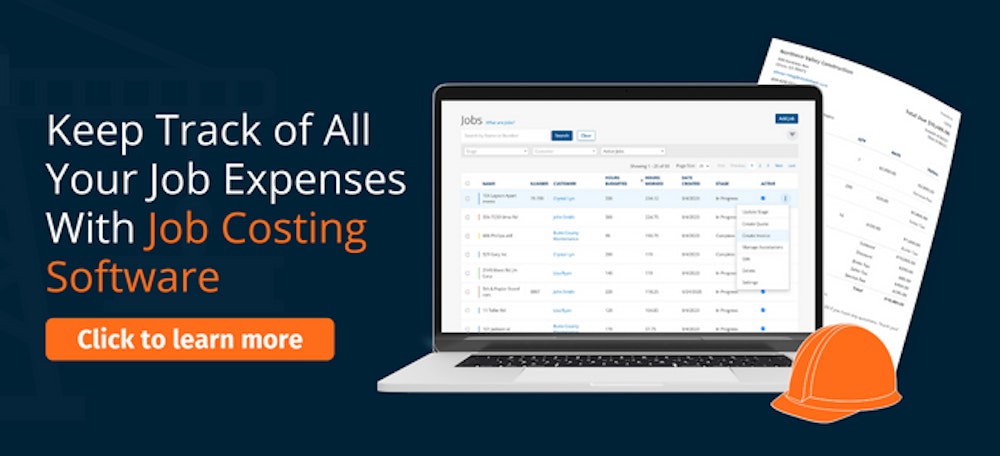Getting paid the right amount in a timely manner is one of the greatest challenges for general contractors and construction professionals. If you’re not getting paid as quickly and accurately as you want to be, you might need to reevaluate your construction billing methods.
What Is Construction Billing?
Construction billing is a part of construction plan management, and it’s the practice of letting clients know payment is due for completed construction work or tasks. There are different ways of billing in construction and best practices to follow, that will help you get paid faster.
Of course, even with perfect invoicing, contractors are sure to be paid late. One study found slow payments cost general contractors and subcontractors $64 billion a year.
Business Benefits Of Streamlining Billing
Successful construction management relies on successful and timely billing.
McKinsey reports the construction industry has been investing heavily in technological advances over the years and suggests digitizing payments is one way small- and medium-sized construction companies can grow.
They also report businesses across the globe have begun using digital payment options which are particularly useful for small- and medium-sized businesses and makes “the payment experience seamless, pleasant, and increasingly contactless.” This, they posit, will attract more clients.
Whether you have five or 500 employees and subcontractors, streamlining your construction billing has multiple benefits.
More time for income-generating work
Imagine the steps to invoice without technology:
- Go through documentation including contract, receipts, change orders, subcontracts, etc.
- Create an invoice.
- Mail or otherwise deliver the invoice to the contract for completed work or tasks
- Wait for the client to review the invoice for accuracy
- Wait for the client to approve the invoice.
The amount of time this takes can be lengthy, particularly for larger or more complex projects. Meanwhile, as you’re going through all the paperwork and creating your invoices, you can spend time working on other projects to generate more cash flow.
Streamlining your billing process saves you hours by allowing you to simply provide documentation along with an invoice created from the same platform you’re using to track time and materials.
Better invoicing
Submitting construction invoices late is one of several mistakes that lead to disruption in cash flow. Mistakes or inaccuracies also delay payment. When you digitize your billing, your expenses associated with the job and client are accurate and available to simply import.
According to the Charlotte Business Journal, research found “the internal costs of invoice processing and payment generation drive payment mix changes. Best-in-class performers took only 3.1 days to process an invoice at a cost of only $2.56 versus $10.89 on average.”
Faster resolutions
When you submit your invoices via email, your clients will receive them immediately when they check their inbox. If there is a dispute over an invoice item, it’s easier and faster to resolve using technology.
Get paid faster
When everything is streamlined and connected, it makes invoicing quicker, easier, and more accurate, so you’re less likely to invoice late. Plus, your customers appreciate being able to use their cards to pay. According to The 2020 Survey of Consumer Payment Choice, consumers rank credit and debit cards as their favorite ways to pay, and a “statistically significant” number of consumers (62% increase) adopted online payment accounts like Venmo, Google Pay, or Zelle.
Research by ACI Speedpay found the majority of consumers prefer to make one-time payments with credit and debit cards (23.3% and 36.3%, respectively) and they prefer paying either through the biller’s website or mobile app.

Source: ACI Speedypay
Removing the friction from paying their bills, increases the chances of you getting your payments faster.
Most Common Methods of Construction Billing
The type of billing you decide to use depends on the project, scope, and client. There are multiple ways you can bill for construction, but these are the four most common types.
Fixed Price Billing
Fixed price billing is a lump sum payment, agreed upon between you and the client. In many cases, the contractor can receive an incentive for completing the work before the deadline, but also penalties for going over the deadline. Fixed price billing can be billed at the beginning (also known as advanced billing) or end of the project.
Progress Billing
As the name implies, progress billing is done using the fixed price method but with milestones. Once a particular milestone is reached, you bill for it. Each milestone is clearly defined in the contract, so there are no surprises.
AIA Billing
A popular method among contractors and subcontractors is to use a method of billing developed by the American Institute of Architects (AIA). AIA billing uses forms G702 and G703 to provide detailed information about the progress on a job, making it a method of progress billing.
With AIA billing, you’re paid in regular intervals, which ensures cash flow while working on a project. However, since AIA was developed by architects, it tends to be more architect-friendly rather than contractor-friendly. It can be complicated and complex, making it time-consuming for many contractors.
Cost-Plus
With cost plus billing, you bill for the materials, labor, equipment, and other costs associated with a job, plus a percentage for profit (aka markup). With cost-plus billing, you need to maintain a strict record of costs, so you can share receipts with the client. In some cases, there may be a cap on the amount spent for materials and supplies and if you don’t have a record of expenses, the client doesn’t have to reimburse you for those materials/supplies.
However, cost-plus billing does help in cases of price fluctuation so you are covered in case materials/supplies increase in price.
Time And Materials
Using the time and materials billing method, contractors are paid for the cost of materials and charge for their time on an hourly or daily base. You’re able to include change orders with time and materials billing and there are usually no deadlines with this form of billing.
Unit Price
Unit price billing is like a modular home. Each phase of a project is billed separately. Each different unit of a project varies based on materials, labor, overhead, subcontractors, permits, taxes, etc. You can add units of work as the project progresses, which makes it more feasible for projects that don’t have a clearly defined scope.
Which Method Is Best For You?
Choosing the best billing method depends on several factors including the scope of work, your capital, and the length of the project.
If you’ve worked with your client before, and they are familiar with you and your work, advanced billing with a fixed price is ideal.
Progress billing is a preferred method because you have a steady stream of cash flow throughout the life of the project.
If you have a healthy cash flow and capital, fixed price billing allows you to collect at the end of the project but you’ll need to be sure you can cover your costs (labor, subs, etc.) throughout the project.
If the scope of the project is unclear/undefined, cost plus labor or time and materials may be better options.
Save Time and Money with ClockShark
Construction Billing Best Practices
Regardless of which billing method you opt for, you won’t be paid timely and accurately without a streamlined, consistent billing practice. There are several steps you can take to ensure your accounts payable are done properly and optimally.
Get Clear On Your Payment Terms
Establishing your payment terms is crucial to enforcing them and it makes it easier for all parties involved, to know what’s expected. Your payment terms should include:
- Fees and costs you’ll be charging
- When you’ll send invoices and how often
- Any proof of expenses you will provide
- How the client will pay
- The payment timeframe
If you have all of these terms laid out, it simplifies your billing process because it is a routine you follow.
Utilize A Billing Software
Software has changed the way contractors can do their accounts receivable. Using a billing software will reduce time and human error and increase your likelihood of getting paid faster. Sending electronic invoices and a way for clients to pay online, significantly increases on-time payments.
Set Up A Monthly Billing Schedule
When you have a routine established, it has multiple benefits, including:
- Knowing exactly when to bill each month
- Offering incremental payments to clients
- Making it easier for clients
- Easier payment tracking
- Easier monthly/annual accounting
It’s easier to manage your accounting when you know exactly when invoices are sent out and when to expect payments to be received.
Deliver Detailed Invoices
Nobody wants to pay for ambiguous products or services. Construction is rife with risks for lost or damaged documentation, especially when your processes are manual. A detailed list of your costs and expenses as well as documentation will help you provide clear invoices to your clients to decrease the risk of disputes and instill confidence in your clients.
Optimize Your Contracts & Estimations
In today’s high-tech world, software and apps help you optimize your contracts and estimates. You can review detailed work histories - including time tracking, receipts, photos, communications, etc. - to get a more accurate idea of what a job will cost and what it will entail.
Use Job Cost Reports
Job cost reports (JCRs) help you keep track of your expenses on ongoing projects and improve the accuracy of your estimates and, thus, your billing. JCRs using technology allow you to keep real-time records of your job costs as you go.
Use The Right Construction Billing Methods
Cash flow is crucial for businesses to survive and grow, but without proper construction billing methods, you jeopardize your cash flow and create bottlenecks within your accounting structures. Automation significantly improves your accounts receivable by providing you with a faster, easier, and more accurate way to create and submit invoices to your clients when your construction projects are complete.






